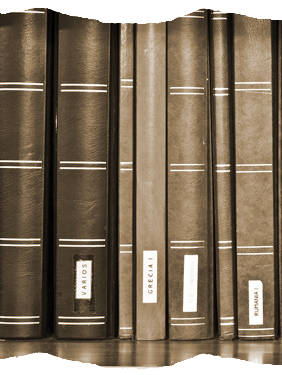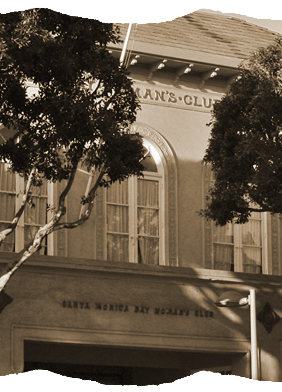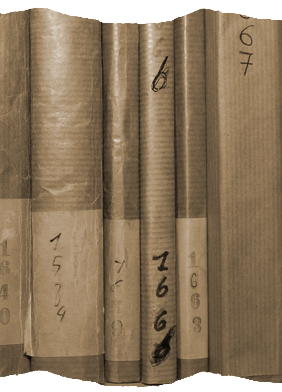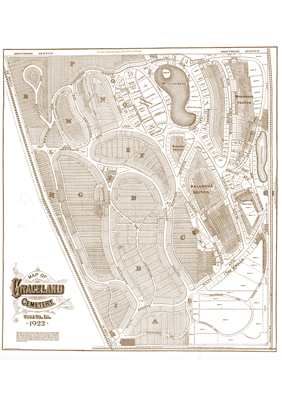archiving projects
Mueller Family Archive
CLIENT: Joan Mueller
LOCATION: Topanga, CA
WORK PERFORMED: Archiving, Preservation
A disorganized family record all too often begets the loss of family history. Over the course of several months I advised and assisted a work-from-home professional on record organization, purging old documents and strategies to best catalogue her vast collection of family photographs and records dating back to the turn of the last century. The client’s goal was to ensure all materials would pass on to her adult son in an accessible and meaningful form. With time and simplicity critical to the success of the project, I devised an organizational system to transform the extensive unkempt assemblage into an accessible collection ready for the would-be album-maker. Starting with the existing numerically labeled albums, the abundant loose photos were perused for possible duplication or additional images to those in the albums and filed as backups. As a necessary preparation to future albums, all remaining loose and previously unidentified images were readily sorted into categories by ancestral branch and/or decade. This approach served to make the project more practicable while also fundamentally dividing the content into more manageable parts for further identification and album making. From a simple system the client is now on the path to ensuring her family’s history is not an unapproachable burden but a gift of the family legacy.
Woman’s Club History
CLIENT: Santa Monica Bay Woman’s Club
LOCATION: Santa Monica, CA
WORK PERFORMED: Preservation, Preservation/Design Collaboration, Inventorying, Cataloging, Research, Digitization, Writing
During the course of a full year I conducted a multifaceted preservation and archiving project geared to help rejuvenate both a club and clubhouse. The Santa Monica Bay Woman’s Club was founded on December 11, 1905 and its clubhouse was opened on October 5, 1914. The clubhouse was landmarked by the City of Santa Monica in 1991 and it remains a vital hub to the Club’s social and philanthropic activities. As an early step to a planned capital fundraising campaign for an eventual restoration, the Club wanted to reinvigorate the membership and to better understand and tell their history.
My work was completed in two phases encompassing five general categories of service. The first phase consisted of 1) taking inventory/cataloging and 2) helping to preserve historic materials through improved storage and digitization. Work began by first identifying where administrative records and historic materials had been stashed away over the many years. The 100-years worth of administrative records were inventoried and organized in order to integrate them into newly created categories consistent with contemporary administrative needs. Historical records included Club minutes, scrapbooks, photos, season calendar pamphlets, newsletters and other miscellaneous ephemera. These items were all cataloged and more carefully stored to ensure their wellbeing. Ultimately, select items were scanned to enable greater accessibility and to help illustrate the history in marketing and fundraising efforts. Categories were created for the some 380 distinct historic materials and all were entered into a database using FileMaker’s Bento program, thus ensuring a user-friendly electronic catalog. As a final component, lockable display cabinets were repurposed to securely display select items such as early event programs and membership cards.
Phase two of the project entailed 3) creating marketing materials, 4) various improvements to administrative functions, and 5) providing preservation and design advice. With the completion of the administrative and historic records cataloging, I was able to utilize the materials to rewrite and illustrate marketing materials such as the membership brochure and facility rental packet. An unanticipated result of phase one was the recognition that nearly all internal administrative forms, facility rental contracts, etcetera were significantly outdated and lacked an electronic parent. Collaboration with relevant Club administrators served to bring about the necessary improvements. All items were recreated electronically and filed according to the same categories as the tangible administrative records. A part of this effort was the creation of the first membership database and administrative contact list, again using Bento.
Increased facility rentals and indefinite postponement of a full renovation necessitated certain cosmetic improvements. Using the Club’s extensive records, I researched several specific questions of when and why specific alterations were made to the building. I also advised a series of small, cost effective improvements that would freshen up the overall appearance while ensuring the preservation of original fixtures and serve to cease a trend to substitute with new and inappropriate replacements.
Graceland Cemetery Photo-Documentation
CLIENT: Eifler & Associates, Graceland Cemetery
LOCATION: Chicago, IL
WORK PERFORMED: Photo-documentation, Cataloguing, Preservation Consultation
I conducted an assessment survey of landscape condition via photo-documentation of historic Graceland Cemetery, which was established in 1860. Graceland is home to the remains of many notable people such as Ludwig Mies van der Rohe, Daniel Burnham, William Kimball and Marshall Field. The Cemetery’s plan was laid out in the 1870’s by noted landscape architect Horace William Shaler Cleveland. His Victorian park-like setting was soon after enhanced by landscape architect Ossian Cole Simonds’ installation of many native plants in a designed pastoral landscape. Over the following one hundred years this historic landscape had undergone many changes and much degradation. The project began with the identification of seventy critical character defining historical views out of a collection of 159 images. Contemporary photos were paired to the selected 70 images to assist future landscape restoration work. This was especially important for locations where no planting plans exist. Post photo-documentation the entire collection was re-catalogued to simplify its use and allow for future additions. I made a final proposal for a professional photo studio to digitize the historic part of the collection by photographing the existing prints and scanning the negatives.




